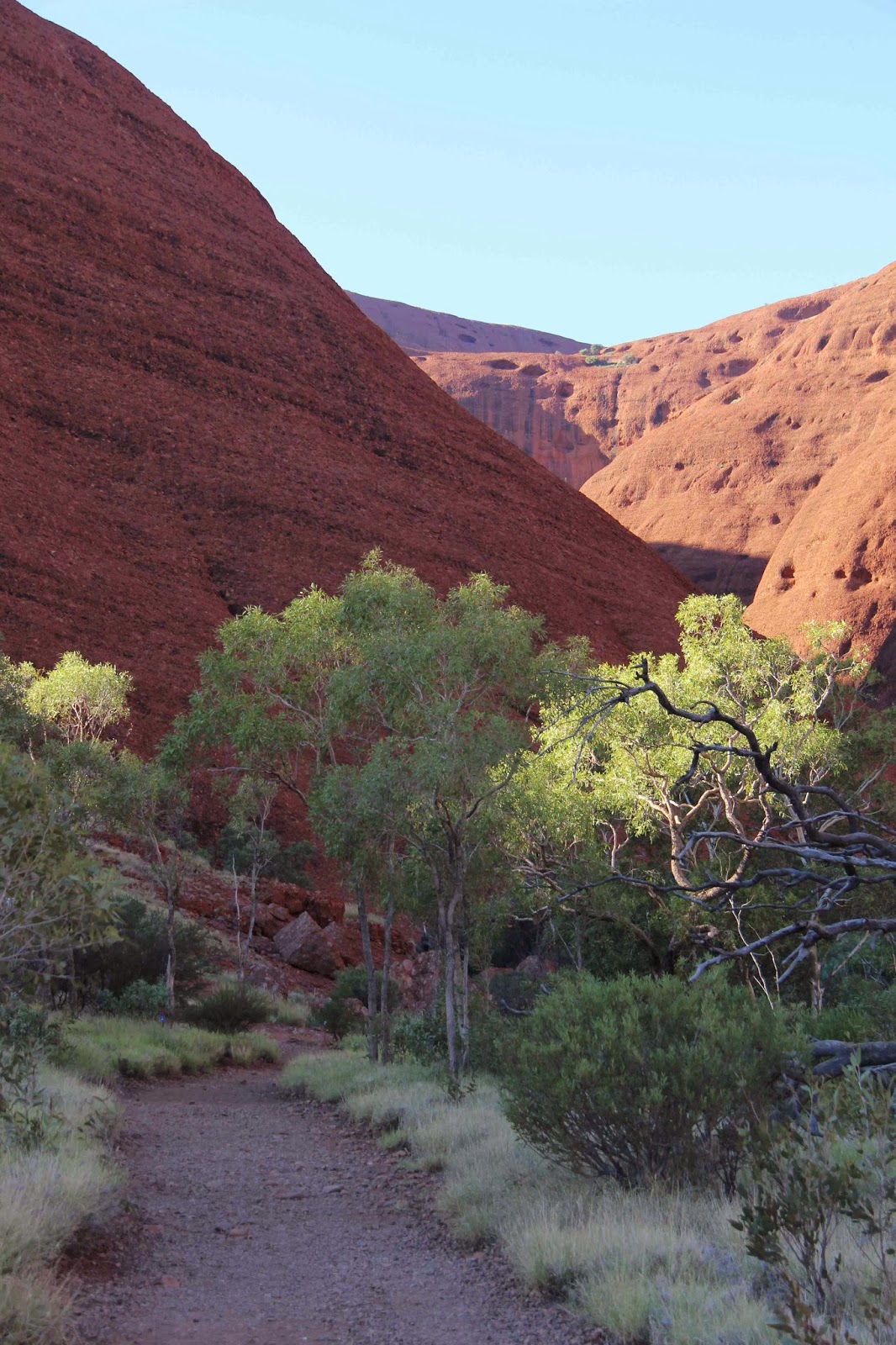 Alice
Springs to Katherine is a solid day’s drive. 1180kms is quite a distance but
with five brief stops to refuel and to change drivers we complete the journey
in 10.5 hours. We eat our prepacked sandwiches as we drive. There are several
reasons why we are able to complete our journey in such good time. Firstly, the
roads are quiet as it’s the mid
summer quiet season. Secondly, the Northern Territory’s open roads have a speed
limit of 130kms. Thirdly, much of the road is straight and flat with plenty of
room to overtake the road trains. The
longest section without a corner we measured was over 40kms. Yes, the petrol
costs are higher at that speed but we are now anxious to reach our destination.
Alice
Springs to Katherine is a solid day’s drive. 1180kms is quite a distance but
with five brief stops to refuel and to change drivers we complete the journey
in 10.5 hours. We eat our prepacked sandwiches as we drive. There are several
reasons why we are able to complete our journey in such good time. Firstly, the
roads are quiet as it’s the mid
summer quiet season. Secondly, the Northern Territory’s open roads have a speed
limit of 130kms. Thirdly, much of the road is straight and flat with plenty of
room to overtake the road trains. The
longest section without a corner we measured was over 40kms. Yes, the petrol
costs are higher at that speed but we are now anxious to reach our destination.
There’s
not much to see in terms of human development during our journey. Tennant Creek
is an outback service town, which does not offer much incentive to linger.
Apart from that, there are only the occasional roadhouses that appear every
100-200 kms. ‘Outback Roadhouse’ sounds exotic and exciting but in reality they
are merely places to buy over priced fuel, experience a grotty restroom (except
for one roadhouse whose restrooms were unusable because of blocked drains) and
not much else. By and large the staff at these ram shackled establishments give
us the impression that we are spoiling their solitude by passing through.
In
terms of the countryside, however, the trip is much more interesting. After a
brief stop at the famous Devils Marbles we continue north where the countryside changes rapidly from arid outback to wet
tropics. Red dirt gives way to lush grass, dry creek beds become flowing rivers
and the vegetation transforms from sparse to lush. There is less road kill as
we head north but we are occasionally spooked by a wandering dingo, kangaroo,
cow, bull and quite a few birds who seem to be determined to only move off the
road at the very last minute.
 The
town of Katherine welcomes us with a very pleasant motel complete with a
wonderful, hearty, home cooked dinner. Our stay at Katherine is just a stopover
but we look forward to exploring Katherine, Litchfield and Kakadu National
Parks over the next two years. The following day we press on and finally after
travelling 5495.5km from home, we arrive at Darwin where we are greeted by a glorious,
cyclonic, tropical storm.
The
town of Katherine welcomes us with a very pleasant motel complete with a
wonderful, hearty, home cooked dinner. Our stay at Katherine is just a stopover
but we look forward to exploring Katherine, Litchfield and Kakadu National
Parks over the next two years. The following day we press on and finally after
travelling 5495.5km from home, we arrive at Darwin where we are greeted by a glorious,
cyclonic, tropical storm.
There
used to be an ad on TV for the Northern Territory with the slogan, ‘
You’ll
never, never know if you never, never go’. Thanks to a Navy posting we are very,
very glad we took the opportunity to finally ‘go’ and experience this unique
part of our wonderful country.






























